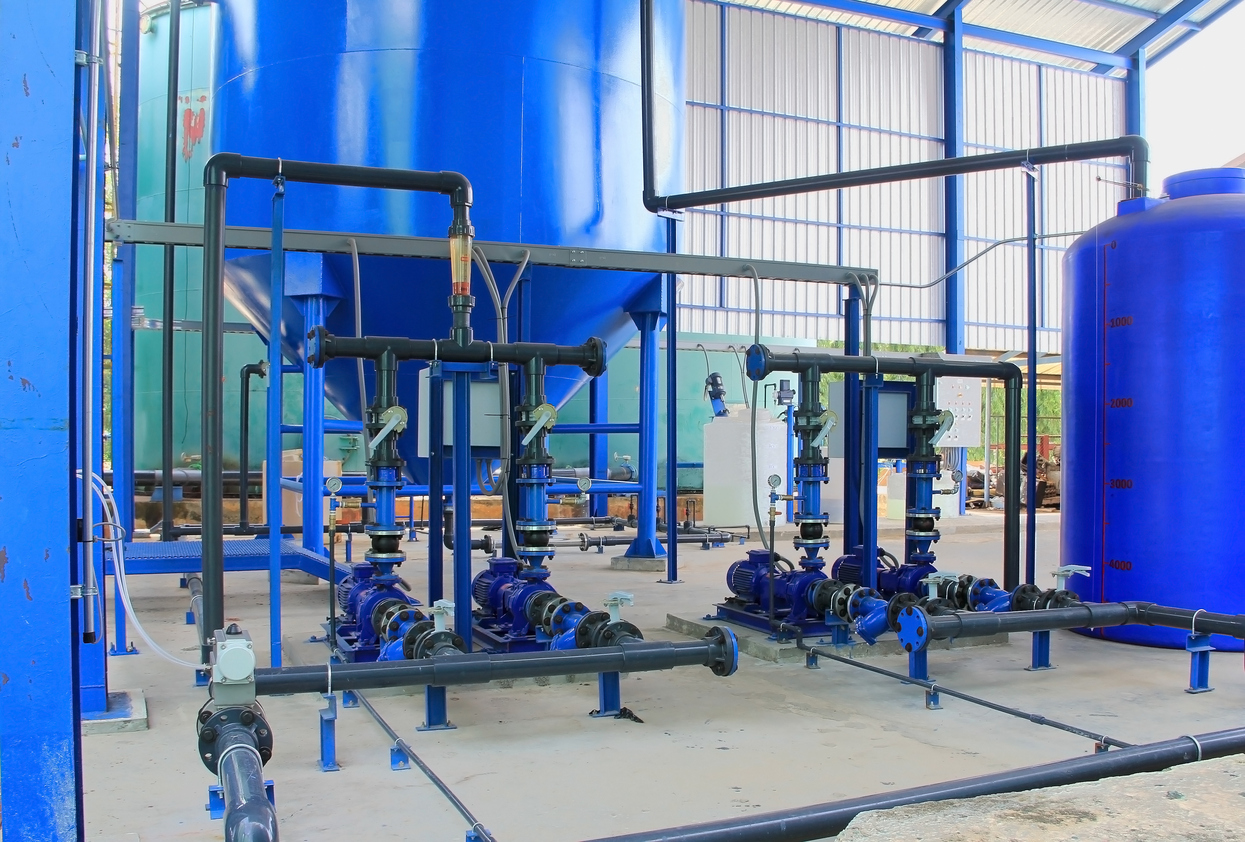What are the Advantages of SBR STP Plants?
Advantages of SBR STP Plants:
1. Flexibility and Efficiency
- Adaptive Capacity: SBR plants can handle varying inflow rates and loads effectively due to their batch processing nature.
- High Treatment Efficiency: They achieve high removal rates for organic matter, nutrients (like nitrogen and phosphorus), and pathogens, meeting stringent environmental standards.
2. Space and Cost Savings
- Compact Design: SBR systems can be designed to fit into smaller spaces compared to traditional continuous flow systems, making them suitable for urban and space-constrained environments.
- Operational Cost Savings: They often require lower energy inputs and chemical usage, contributing to overall cost savings over the plant’s lifecycle.
3. Operational Control and Automation
- Controlled Process: SBR plants can be automated to a high degree, allowing for precise control over treatment parameters and optimizing resource utilization.
- Monitoring and Optimization: Advanced sensors and control systems can monitor water quality parameters in real-time, ensuring consistent performance.
4. Environmental Sustainability
- Reduced Footprint: By efficiently treating wastewater, SBR STP plants contribute to reducing pollution in water bodies and safeguarding public health.
- Reuse Potential: Treated effluent from SBR plants can often be reused for non-potable purposes like irrigation, industrial processes, or groundwater recharge, conserving freshwater resources.

The SBR process is a form of activated sludge treatment where sewage is treated in batches rather than continuously. This sequential approach allows for greater control over the treatment process and can adapt to fluctuations in influent flow and composition. Here’s how it typically works:
- Sequential Process: The treatment cycle in an SBR plant consists of sequential phases such as filling, reacting, settling, and decanting. Each phase is carefully timed and managed to optimize treatment efficiency.
- Biological Treatment: During the reacting phase, microorganisms break down organic matter in the sewage, reducing pollutants and contaminants through biological processes. This step is crucial for achieving high-quality effluent standards.
- Settling and Decanting: After the reaction phase, the mixture settles, allowing the solid waste (sludge) to settle to the bottom. The clarified water (effluent) is then decanted from the top, ready for further treatment or discharge.
Applications and Future Prospects
SBR STP plants are widely applicable across various sectors, including residential complexes, commercial buildings, industrial facilities, and municipalities. As environmental regulations become stricter worldwide, there is a growing demand for advanced wastewater treatment technologies like SBR to ensure compliance and sustainability.
Looking forward, ongoing research and development aim to further enhance the efficiency, scalability, and cost-effectiveness of SBR technology. Innovations in sensor technology, automation, and biological treatment processes promise to make SBR STP plants even more robust and adaptable to future challenges.
Conclusion
In conclusion, SBR STP plants represent a significant advancement in wastewater treatment technology, offering a sustainable and efficient solution for managing sewage and industrial effluents. With their ability to provide high-quality treated water, operational flexibility, and environmental benefits, SBR STP plants are poised to play a crucial role in shaping the future of water management and conservation.
Contact Information:
For inquiries or to explore TR AQUA Private Limited’s range of SBR STP Plants, interested parties can reach out through the following channels:
- Call: +91–9971440474
- Email: traquapurifiers@gmail.com
- Address: A-171, Dilshad Colony, Delhi-110095, India

Comments
Post a Comment